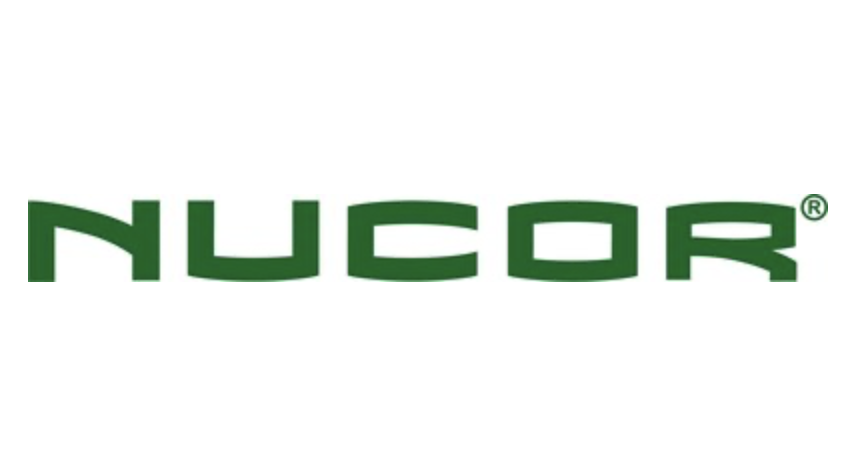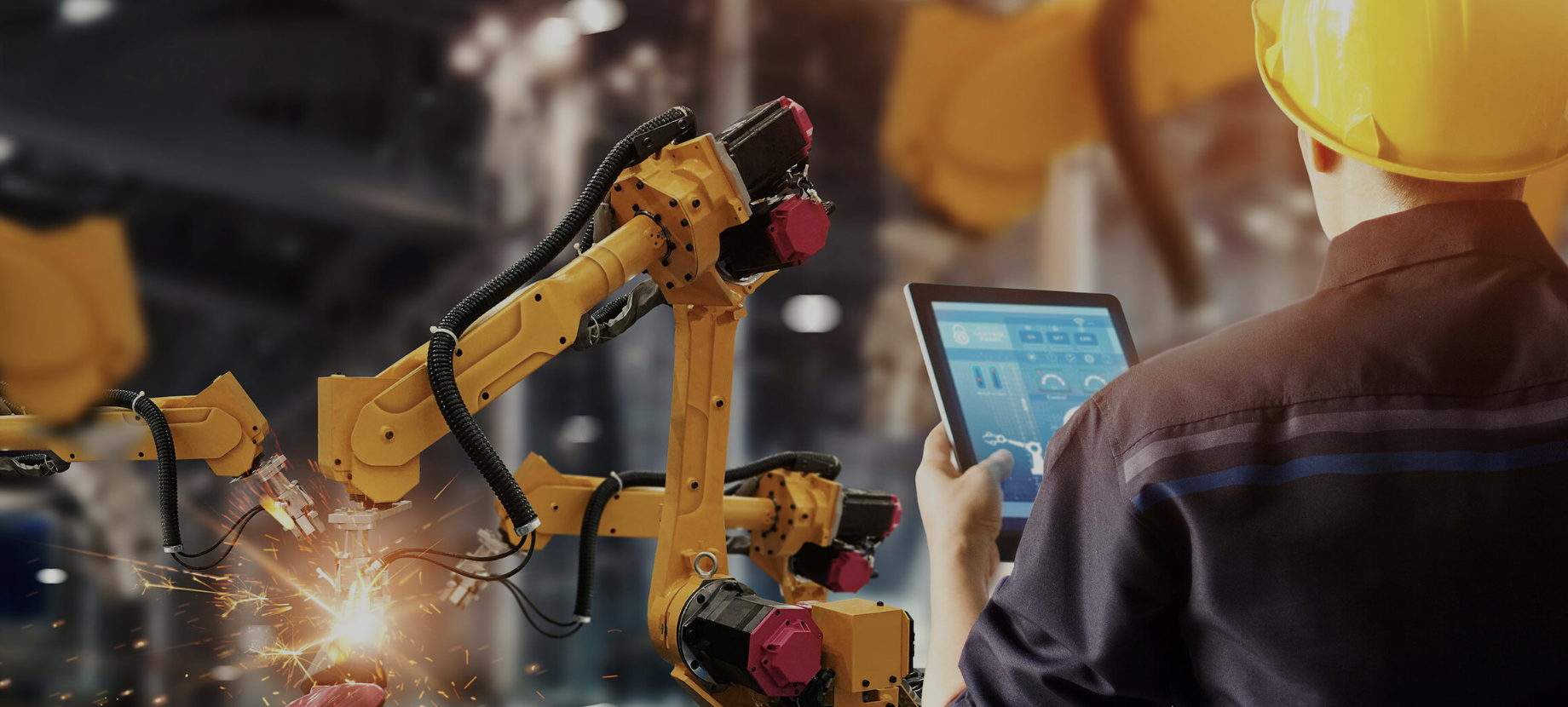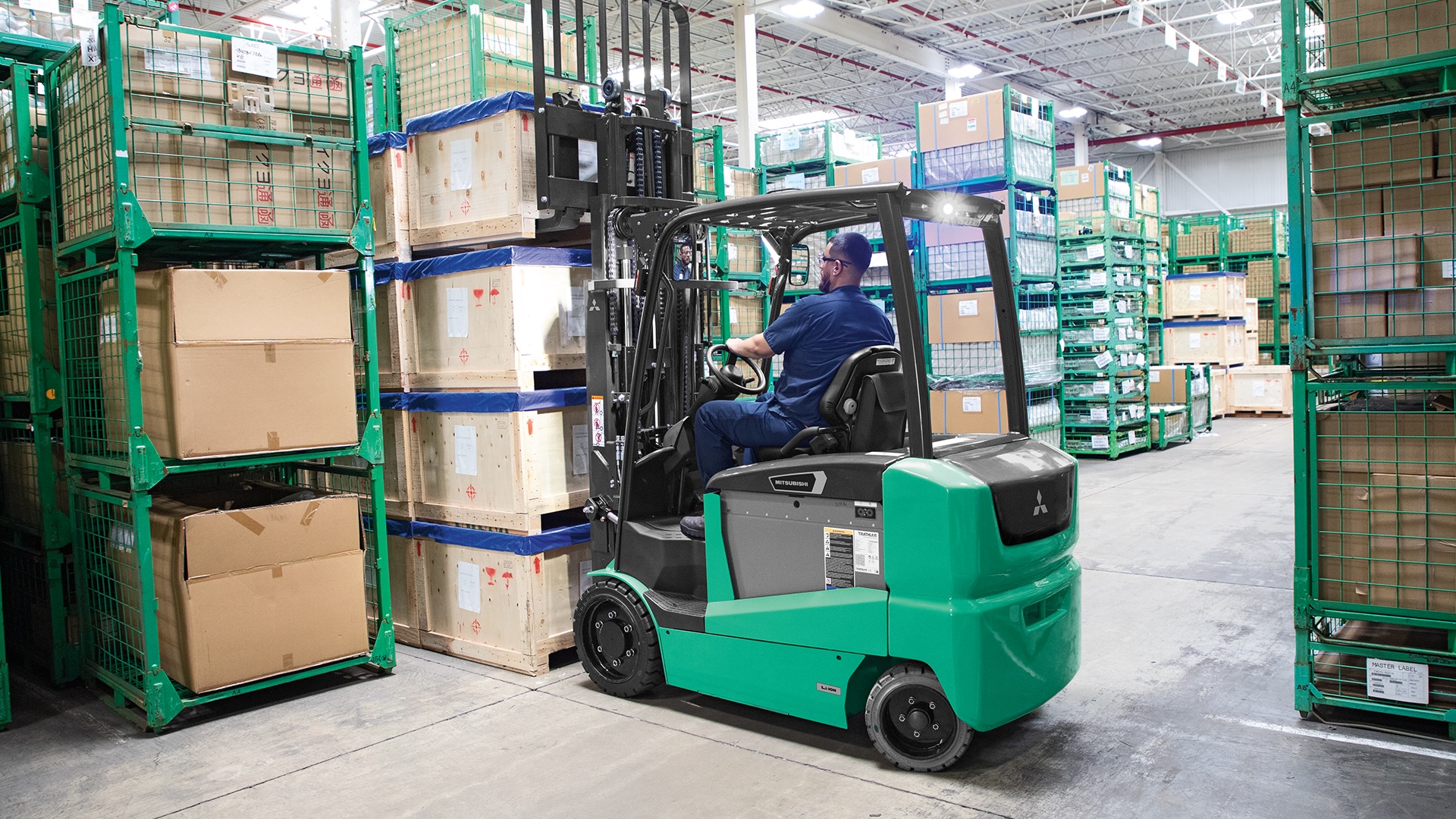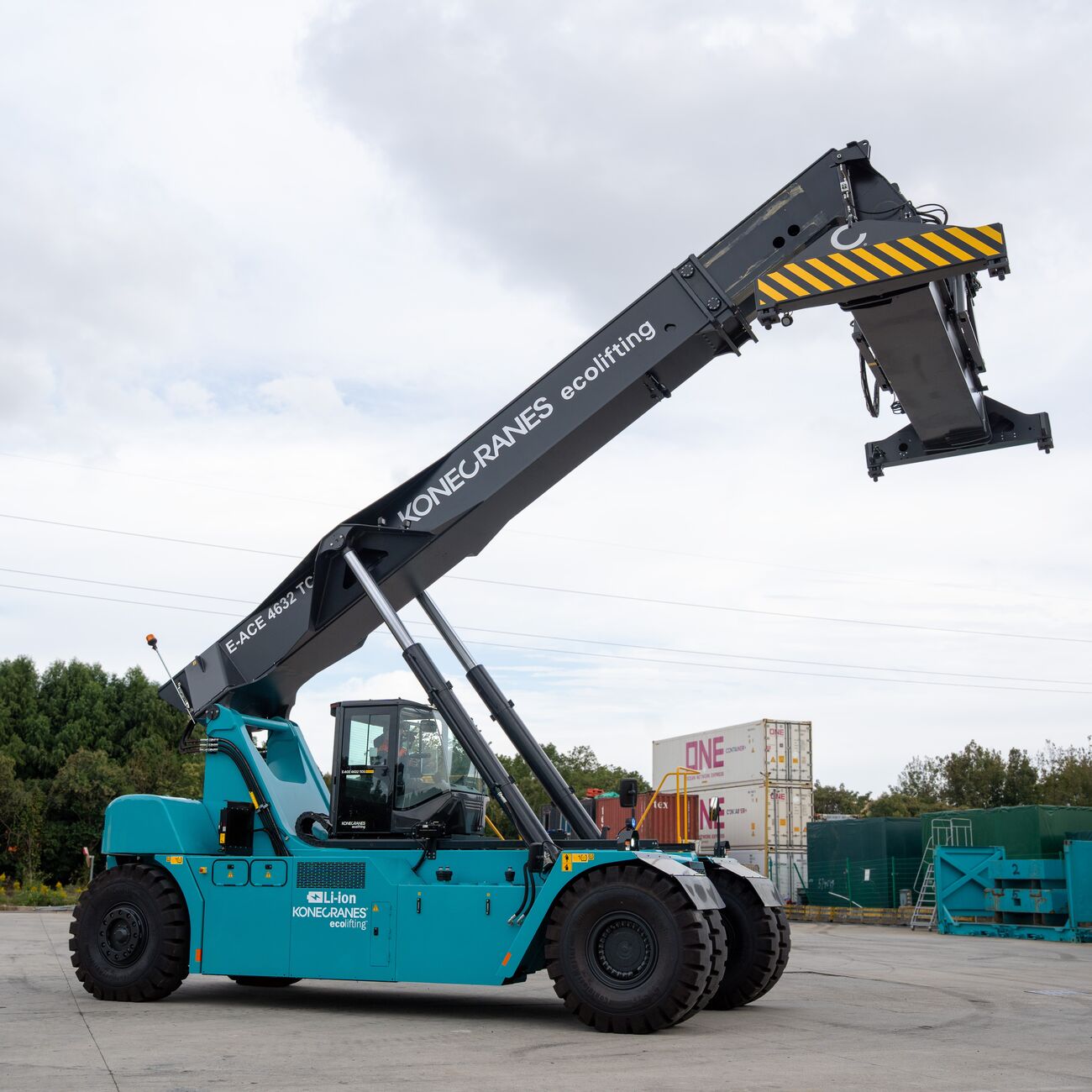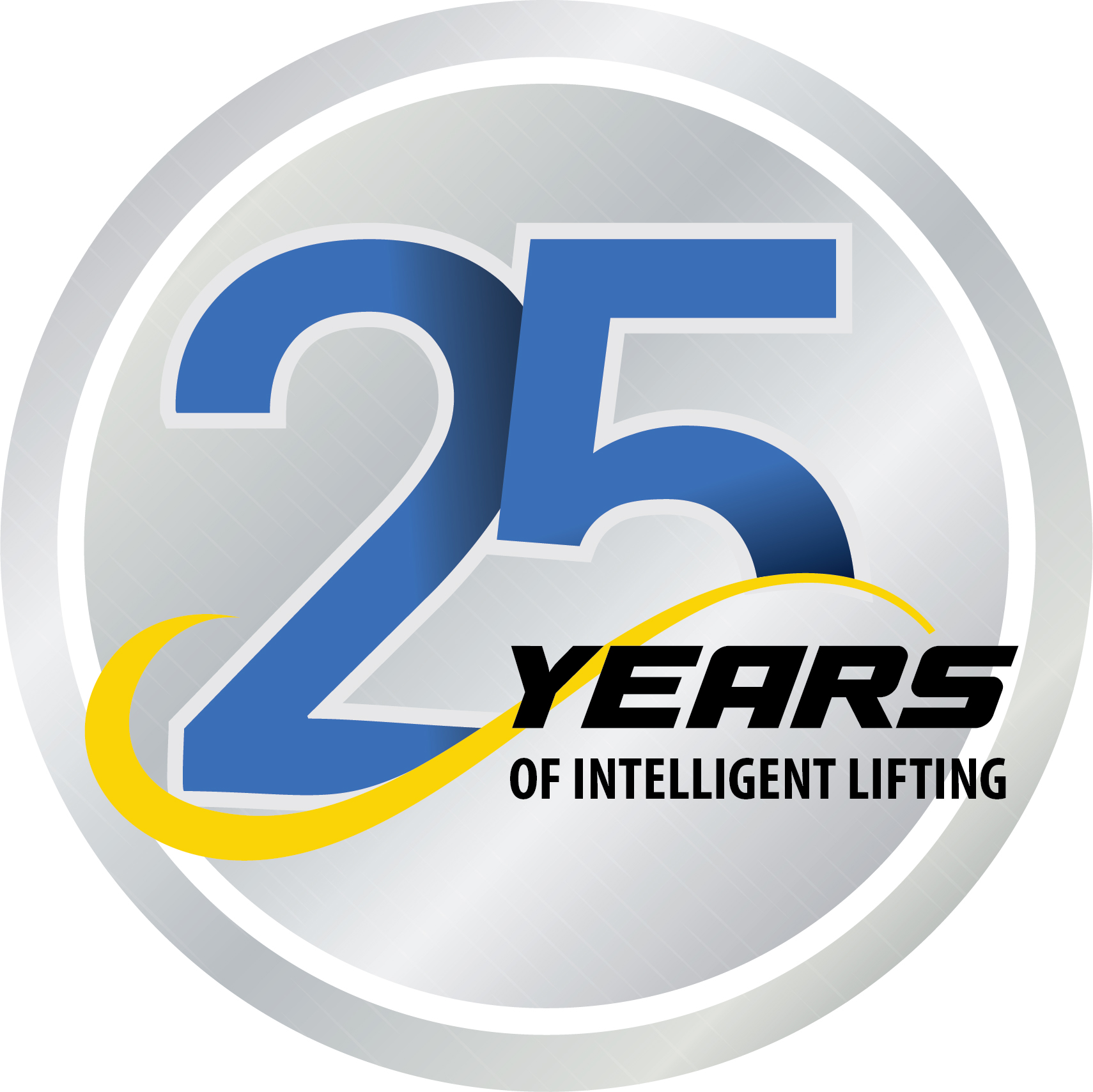RTGs for Port Houston
Port Houston in Texas, USA, has ordered 14 hybrid Konecranes RTGs for its Barbours Cut Container Terminal and 12 hybrid Konecranes RTGs for its Bayport Container Terminal.
The order supports the port’s expansion as it gets ready to receive larger container ships and higher volumes of container traffic. The order was booked in Q3 2022. The crane deliveries will start in the last half of 2023 and continue to mid-2024.
Port Houston is expanding significantly with a channel improvement program and land infrastructure investment. Container volumes grew a record 15% in 2021, year over year and as part of its investment program, the port has ordered 26 hybrid Konecranes RTGs to reinforce its current fleet of Konecranes RTGs at its Barbours Cut and Bayport container terminals. Across the two terminals, the current fleet comprises 90 diesel Konecranes RTGs and 26 hybrid Konecranes RTGs.
The hybrid Konecranes RTGs on order feature advanced Li-ion battery technology and a battery management system that monitors the charge level and general health of the batteries. Konecranes can monitor the status of this system via TRUCONNECT remote connection. The hybrid power system is completely modular and retrofittable. It includes an eco-efficient Tier 4f diesel engine that will charge the batteries when necessary.
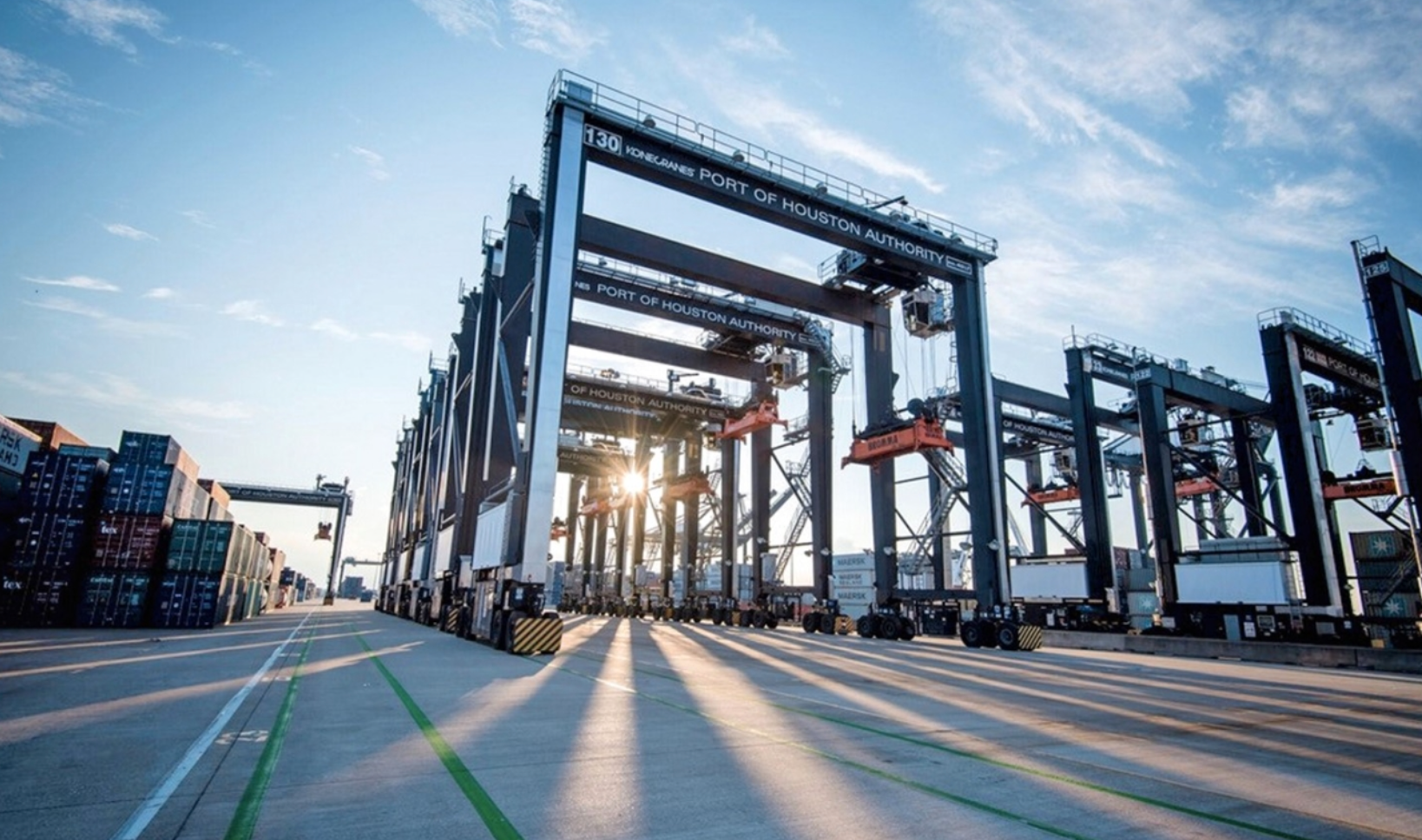
Port Houston in Texas, USA, has ordered 14 hybrid Konecranes RTGs for its Barbours Cut Container Terminal and 12 hybrid Konecranes RTGs for its Bayport Container Terminal.
“Port Houston is forging ahead in both productivity and container crane eco-efficiency. Hybrid Konecranes RTGs have a proven track record, and this new order from Port Houston exemplifies this,” says Jussi Suhonen, VP Regional Sales, Port Solutions, Konecranes.
The RTGs will have a lifting capacity of 50 tons while stacking containers 1-over-5 high and 6 plus truck lane wide. They will be equipped with the Active Load Control system, which eliminates container sway. They also include the following smart features: Auto-steering, Stack Collision Prevention and Truck Lift Prevention.
A strong focus on customers and a commitment to business growth and continuous improvement make Konecranes a lifting industry leader. This is underpinned by investments in digitalization and technology, plus our work to make material flows more efficient with solutions that decarbonize the economy and advance circularity and safety.


